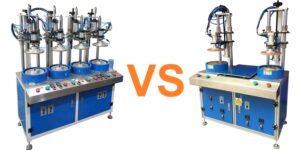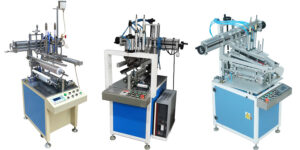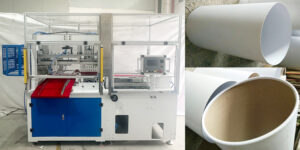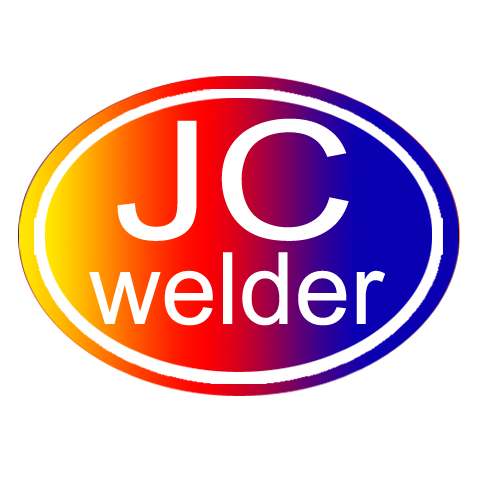- HF pvc tarpaulin welding machine
- RF pvc clamshell weld machine
- RF pvc inflatable products welder
- HF pvc clear bag weld machine
- HF plastic soft crease box making
- HF pvc double heads embossing
- pvc t-cleat belt welding machine
- pvc dry bag welding machine
- Radio frequency pvc mat welding
- RF pvc weld machine customized
- Cup face mask making machine
- Pvc cylinder tube make machine
- HF pvc tarpaulin welding machine
- RF pvc clamshell weld machine
- RF pvc inflatable products welder
- HF pvc clear bag weld machine
- HF plastic soft crease box making
- HF pvc double heads embossing
- pvc t-cleat belt welding machine
- pvc dry bag welding machine
- Radio frequency pvc mat welding
- RF pvc weld machine customized
- Cup face mask making machine
- Pvc cylinder tube make machine
high frequency welding/fusing introduction
high frequency welding principle
RF welding is a basic technology, and the basic devices necessary to affect such a weld have not changed since the inception of the process. Today, as in 1942, we need a generator to provide RF, a transmission line to transfer power, a press to apply force and an electrode in the desired geometric pattern to be welded.
The terms: Radio Frequency (RF) Welding or Sealing are often used interchangeably with High Frequency (HF) or dielectric welding or sealing. When matter is brought into contact with an electromagnetic field, some portion of the electromagnetic field will go through a change of energy state. As a result, it will be converted to heat and dissipated within the contacted matter. The degree to which this con-version will occur, or the efficiency of this conversion of energy state is dependent on the atomic and molecular structure of the matter, the frequency of the electromagnetic field, and the field potential (Volt-age/cm). The term dielectric heating correctly describes this phenomenon at any frequency while RF or HF heating describes the process over the limited frequency range from 1 to 200 megacycles/sec (megahertz/sec).
Update PLC control of RF welding machine
The area where most of the technological changes have taken place is in the components from which the individual devices are constructed. Solid state components have replaced mercury vapor rectifier tubes. Digital timers have replaced industrial timers. Programmable Logic Controllers (PLC) have replaced relay logic.
When a PLC is used with linear and optical encodes, precise control can be achieved over the various functions that determine the specific characteristics of the weld. Using these types of devices it is possible to monitor and control functions of time, pressure, current and voltage and their profiles.
Automatic high frequency welding machine in latest years
When modern material handling systems are used in conjunction with these devices, high speed automatic production systems can be built. Many hundreds of such systems are in use throughout the U.S. These systems manufacture a wide variety of products for the automotive, stationary products, and medical industries.
The continuing stream of new RF responsive materials being brought to the market will further impact the industry. In addition, additives and RF responsive adhesives are continually being developed for specialized applications. It is now possible to bond materials that in the past were considered unsuitable for the RF process. These changes are opening up a new range of products that can now be manufactured by this time proven technology. This will have a great effect in the medical industry, as it tries to eliminate the use of vinyl.
Both electron beam and laser welding, when initially discovered, were thought to be possible replacement technologies. However, these technologies have been found to be more applicable for spot or seam welding of metals or other rigid materials where welding times are measured in minutes and hours. In RF welded products, welding times are measured in seconds or fractions thereof. Guideline believes the likelihood of these becoming competing technologies is very low. In Guideline¡¯s opinion there is nothing on the horizon that will replace RF welding in the next 5 to 10 years. Its place will be as secure as it is today, not only as the economically preferred way to weld certain materials, but in many cases the only feasible method.

Choose Pvc tube boxes machine margin curling JC-2012A-2H/4H
How to choose the suitable multi-heads Pvc tube boxes machine for plastic cylinder tubes container side crimping

Smallest cylinder plastic box machine model JC-180S
Introduction of smallest economic design PVC PET cylinder plastic box machine for packaging boxes produce JC-180S

auto clear plastic tube packaging boxes machines comparison
automatic clear plastic tube packaging machine economic design model JC-180S-A VS stable design model JC-450S

Auto tube cylinder packaging boxes machine JC-450S
introductions of automatic tube cylinder package boxes machine for raw material provided in piece sheet
